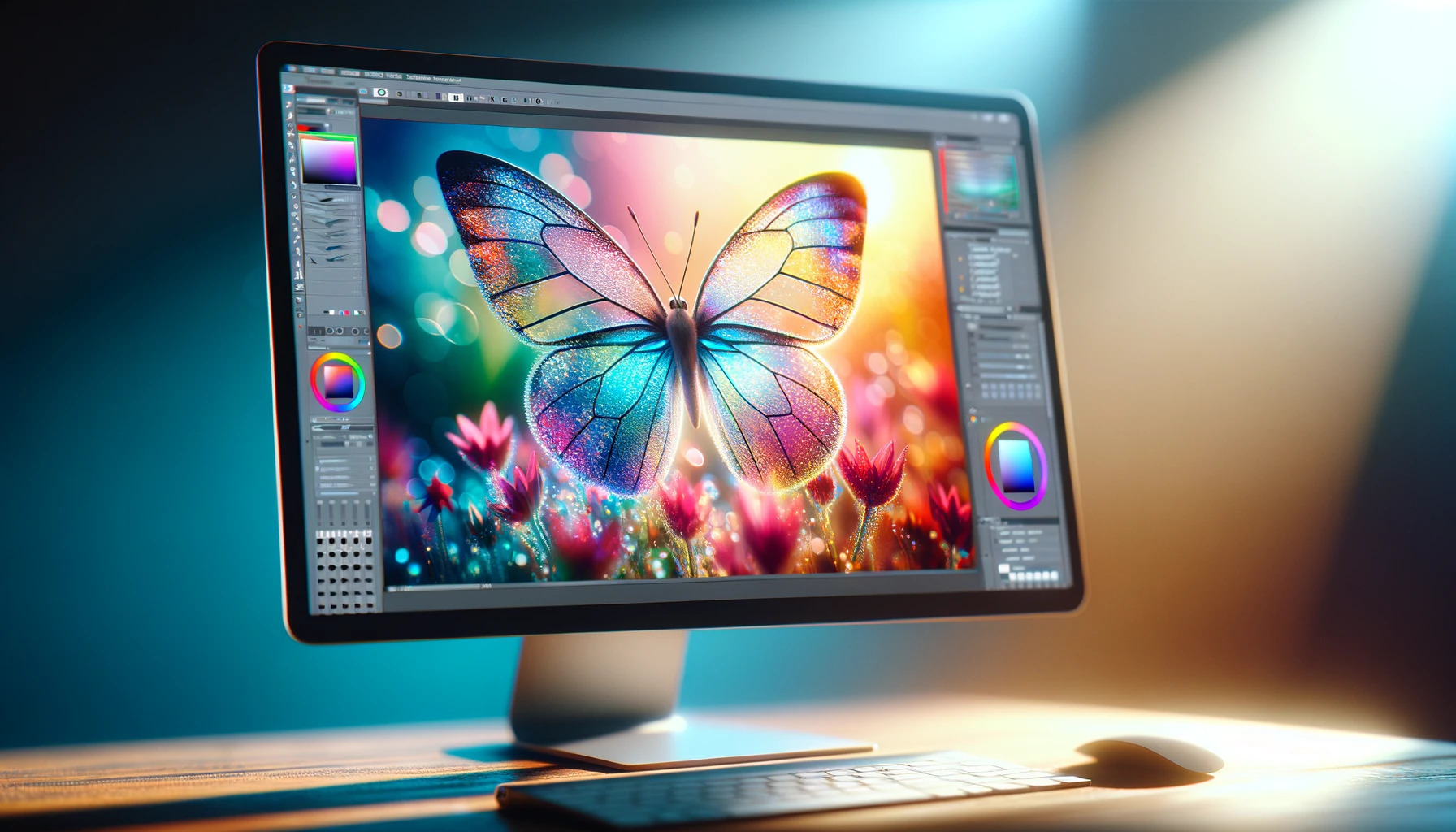When to Use PNG Over Other Image Formats
By Benjamin
Published March 22, 2024
 When to Use PNG Over Other Image Formats
When to Use PNG Over Other Image Formats
In the colorful and diverse world of digital imagery, selecting the right image format can be akin to choosing the perfect attire for an occasion. It's not just about what looks good; it's about what works best for the purpose at hand. Among the plethora of options available, PNG (Portable Network Graphics) stands out for its unique blend of PNG features, offering a compelling choice under certain conditions. This guide dives into the nuanced decision-making process, highlighting when PNG holds the advantage over its counterparts.
Understanding the Basics
While the nitty-gritty of PNG technical specifications might sound like rocket science to some, the essence lies in its lossless compression, support for transparency, and the ability to handle a wide color palette. These characteristics make PNG a go-to for specific image needs, but like every coin has two sides, PNG limitations also play a crucial role in the decision-making process.
The Ideal Scenarios for PNG Use
- High-Quality Web Graphics:
- PNG is unrivaled when it comes to detailed web graphics. Whether it's icons, logos, or complex illustrations, the lossless compression ensures that every pixel is preserved in pristine condition. This is particularly important for images that undergo frequent editing and re-saving, where JPEG would introduce noticeable degradation.
- Images with Transparency:
- Need an image overlay or a logo with no background? PNG's support for transparency is your best bet. Unlike GIF, which only offers binary transparency (on or off), PNG allows for varying levels of transparency (alpha channel), enabling smooth transitions and shadows.
- Screenshots and Text-heavy Images:
- For capturing the crispness of a screenshot or the clarity of text within an image, PNG's lossless nature ensures that every detail is as sharp as the original. This makes it ideal for tutorials, instructional content, and any scenario where readability is paramount.
- Digital Art and Detailed Photographs:
- Artists and photographers who prioritize quality over file size find PNG accommodating. It preserves the nuances of digital art and detailed photographs without the artifacts that plague lossy formats like JPEG.
Navigating the Trade-Offs
While PNG's strengths are compelling, it's crucial to navigate its limitations wisely. The typically larger file sizes can be a double-edged sword, especially for web use where loading times are critical. In contexts where bandwidth and speed are of the essence, the benefits of PNG need to be weighed against its potential impact on user experience.
PNG vs. Other Formats
PNG vs JPEG
The PNG vs JPEG debate is a classic that boils down to quality versus file size. JPEG, with its lossy compression, excels in keeping file sizes small, making it suitable for photographs and images where slight quality loss is acceptable. PNG, on the other hand, shines in preserving image quality at the cost of larger file sizes. The choice between the two often hinges on the specific needs of the project at hand—quality and transparency for PNG, or space-saving and efficiency for JPEG.
PNG and WebP
WebP, a relatively newer format, offers a compelling alternative, promising both lossy and lossless compression. While WebP can achieve smaller file sizes than PNG with comparable quality, browser compatibility and the specific requirements of transparency and color depth might tilt the balance in favor of PNG in certain situations.
Strategic Use in Web Development
For web developers, the strategic use of PNG can significantly enhance the visual quality of a site without compromising its performance. Here are a few tips:
- Optimize PNG Files: Tools and techniques for PNG optimization can significantly reduce file sizes without affecting quality, making it a smarter choice for web graphics.
- Use Responsively: Employ PNG for elements that demand high quality and transparency, but balance it with other formats and optimization techniques for an efficient load time.
- Consider the Audience: The choice of image format should also consider the user's device and connection speed. High-quality PNG images might be reserved for high-resolution displays or sections of a site where visual fidelity is non-negotiable.
Final Word
The decision to use PNG over other image formats is not black and white. It requires thoughtful consideration of the image's purpose, the balance between quality and efficiency, and the specific advantages that PNG offers. Whether it's for its lossless quality, support for transparency, or fidelity in digital art and text-heavy images, PNG has its place in the toolkit of designers, photographers, and web developers alike. By leveraging the strengths of PNG and mitigating its limitations through smart practices, one can achieve the perfect harmony of visual quality and performance in the digital realm.